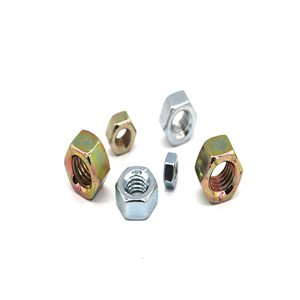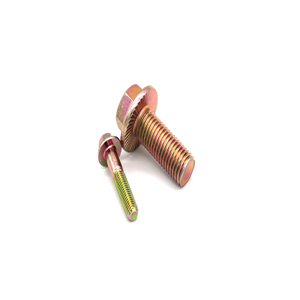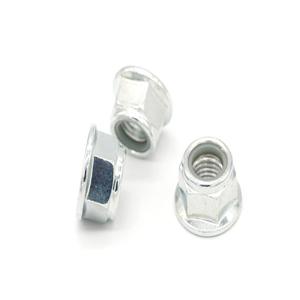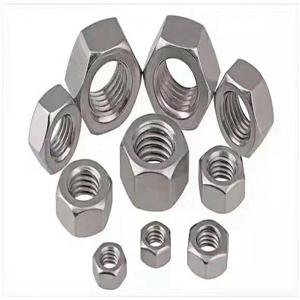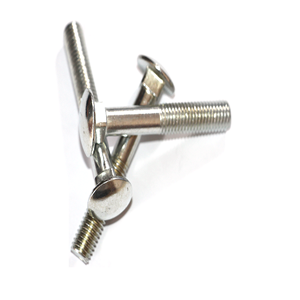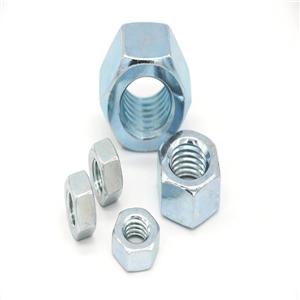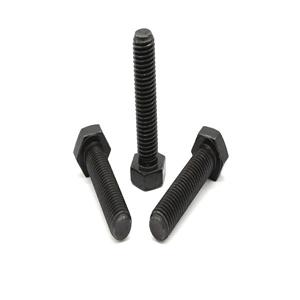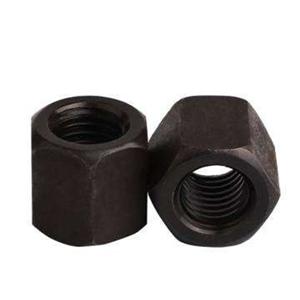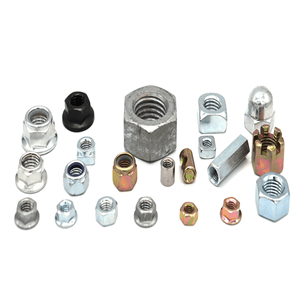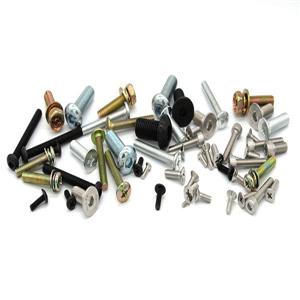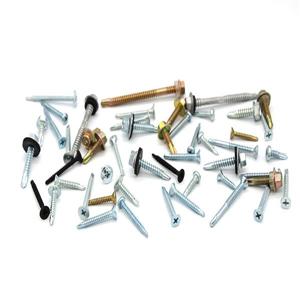-
3103-2021
Hydrogen embrittlement of alloy steel bolts (4)
Hydrogen embrittlement fracture of bolts is a common form of failure. Because hydrogen embrittlement fracture is delayed and concealed, the damage it brings is much greater than the damage caused by other fractures. Since this century, hydrogen embrittlement fractures of alloy steel bolts have been commonplace, seriously hindering the normal development order of aerospace models, and have reached the level of "talking about hydrogen discoloration". In order to enable more scientific and technical personnel to understand the mechanism of hydrogen embrittlement, grasp the law of hydrogen embrittlement of bolts, and effectively prevent the occurrence of hydrogen embrittlement of bolts, the results of these studies are now written and introduced for readers' reference.
-
3103-2021
Hydrogen embrittlement of alloy steel bolts (2)
Hydrogen embrittlement fracture of bolts is a common form of failure. Because hydrogen embrittlement fracture is delayed and concealed, the damage it brings is much greater than the damage caused by other fractures. Since this century, hydrogen embrittlement fractures of alloy steel bolts have been commonplace, seriously hindering the normal development order of aerospace models, and have reached the level of "talking about hydrogen discoloration". In order to enable more scientific and technical personnel to understand the mechanism of hydrogen embrittlement, grasp the law of hydrogen embrittlement of bolts, and effectively prevent the occurrence of hydrogen embrittlement of bolts, the results of these studies are now written and introduced for readers' reference.
-
0108-2020
Concept of high temperature and high pressure fastener
Brief introduction of several common standards for high temperature and high pressure fasteners
-
1203-2020
Materials for fastener production: differences between 304, 304L, 316 and 316L
Stainless steel is a type of steel. Steel refers to those containing less than 2% carbon (C), which is called steel, and more than 2% is iron. Adding chromium (Cr), nickel (Ni), manganese (Mn), silicon (Si), titanium (Ti), molybdenum (Mo) and other alloy elements during the smelting process of the steel improves the performance of the steel and makes the steel corrosion resistant (Ie no rust) is what we often say about stainless steel.
-
0303-2020
Introduction to stainless steel fasteners (2)
Stainless steel standard parts have their own requirements for raw materials. Most stainless steel materials can be made into steel wire or bar for fastener production, including austenitic stainless steel, ferritic stainless steel, martensitic stainless steel, precipitation hardening stainless steel. So what are the principles when selecting materials?
-
2102-2020
How to use high strength fastener
Fastener is the most common type of standard parts in mechanical products due to its variety, specification, large usage and wide application. The reasonable selection of fasteners has also become an important link in the process of product design. Whether the fasteners are used correctly or not is directly related to the functional realization and safe operation of the product. Compared with general fasteners, high-strength fasteners have different requirements in product design, manufacturing, assembly, inspection and maintenance, and play a more critical role in the operation of equipment. With the development of mechanical products to large-scale, automatic, intelligent and other diversified situations, the use of high-strength fasteners as key functional parts is increasing, especially in key occasions and important parts. At present, there are still some problems in the selection and use of high-strength fasteners, such as different opinions and insufficient understanding. It is necessary to do further research work. This paper mainly discusses the use methods of high-strength fasteners for mechanical products, and does not discuss the use of high-strength fasteners instead of general fasteners.
-
2102-2020
Surface treatment of fasteners: Which one should we choose?
The main purpose of surface treatment is aesthetics and corrosion protection. Because the main function of the fastener is to fasten parts, and the surface treatment also has a great impact on its fastening performance. Therefore, when selecting the surface treatment process, factors such as the torque and consistency of the pre-tightening force of the fastener must be considered.
-
1110-2019
Process and characteristics of heavy hex nuts
Heavy duty hex nuts are screw caps that are bolted or screwed together to secure the part. So what is the process of heavy hex nuts? What are the characteristics of heavy hex nuts? Let me talk about the craftsmanship and characteristics of the heavy-duty hex nuts. I hope to help everyone.

